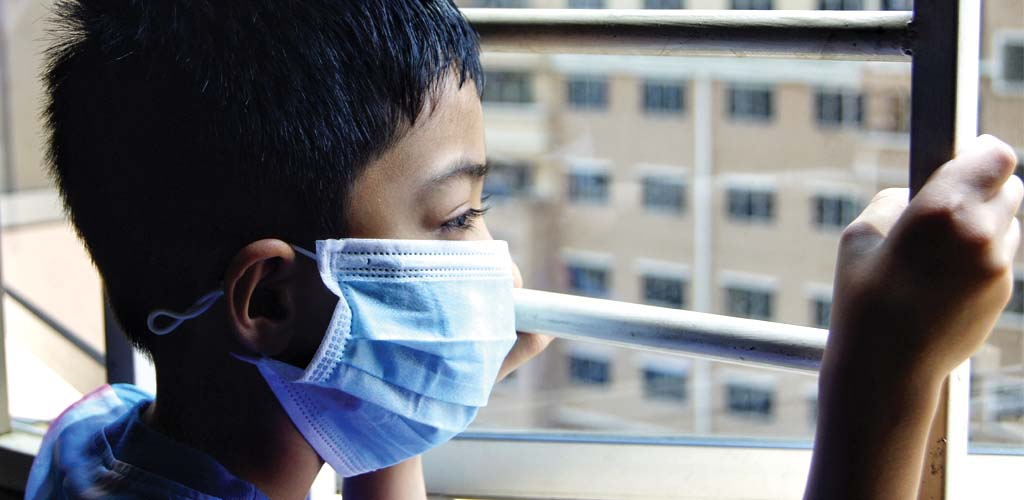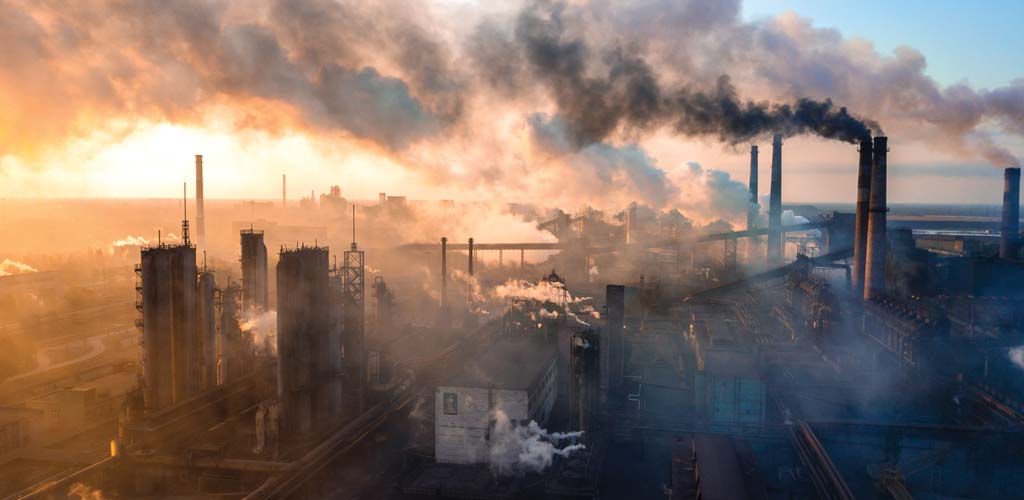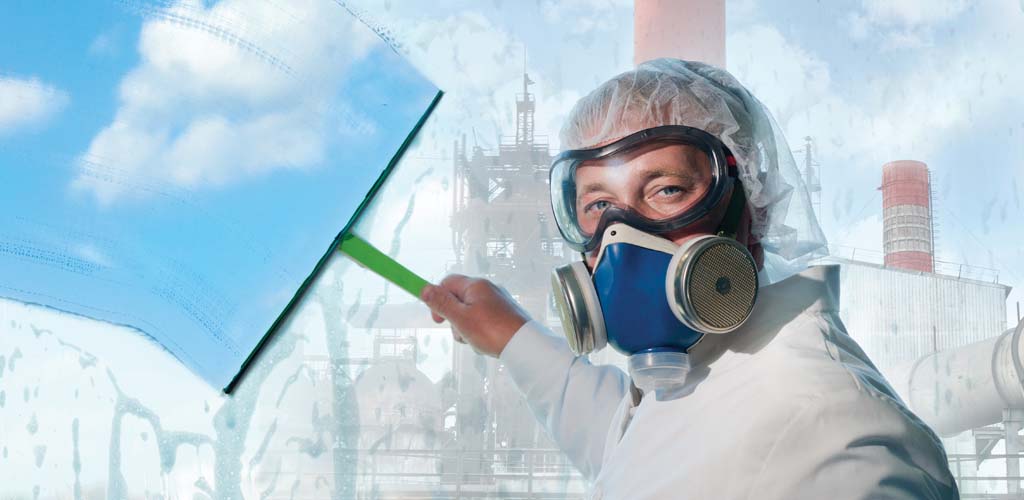What is Air Pollution?
By Samadrita Chakraborty |
Date 09-08-2024

Table of Contents
Admissions Open for
Have you ever counted the stars in your childhood? Try doing it again; the first trouble you will experience is no star in the sky nowadays. These all are because of choking air pollution. The sheet of heavily polluted air will block your sight.
According to a survey by the World Health Organization, in NCR, the PM2.5 level was 153 μg/m3, while the normal range is 10 μg/m3 (annual mean) for PM2.5. Experts say that this air condition is equal to smoking 35 cigarettes a day. NCR and every region in India are also about to turn into a toxic zone very soon if necessary measures are not taken. The ozone layer, the topmost layer of air above the troposphere, stratosphere, and mesosphere, is still getting affected every day. Outer world gases are entering our planet from the holes of the Ozone layer and filling our fresh air with toxic elements.
Still, there is a way to heal the ozone layer and fix the air of Earth. Let us delve deeper into it and find out how we can control air pollution.
What is Indoor Air Pollution?

Air pollution is such a common word that people no longer need a dictionary to define it. The release of harmful pollutants inside the room harnesses indoor air pollution. Carbon monoxide, particulate matter, and various other toxins pollute indoor air. Some are easily recognised for their smell, and most still need to be identified. The effects of air pollution are similar both outdoors and indoors. In both cases, almost 4 million people die every year. Experts have noted that this happens in developing countries the most. Some prevalent causes of indoor air pollution are:
- Tobacco smoking
- Cooking with fuel inside the room
- Mould
- Cleaning products
- Pet Dander
Types Of Air Pollutants

According to WHO, no country is free of air pollution except for some European countries. Only the causes of air pollution are different from one country to another. One must identify the pollutant before one controls the pollution. Here are some of the most harmful pollutants:
Particulate Matter
Particulate matter is considered the most health-damaging air pollutant. It encompasses different contaminants and not a single gas or toxin. Some of these are composed of hundreds of other compounds and chemicals. This pollutant is divided into PM10 and PM2.5. The article is too small to be seen through the naked eye. Yet, you can inhale it into the lungs and absorb it into the bloodstream.
PM is often created when other contaminants react in the atmosphere but can be produced directly from sources such as smokestacks, unpaved roads, construction sites, and crops. PM has various damaging effects on the human body, including all respiratory and cardiovascular diseases.
Carbon Dioxide
Though carbon dioxide is not taken as the initial culprit, it is one of the sources of air pollution. The fact that CO2 is a naturally-occurring facet of our world further muddies the waters. Carbon dioxide is produced from many sources. Fossil fuels like gas, oil, and coal are the prime contributors. World leaders are trying to transition to a cleaner source of energy. Solar power, wind, and wave are all renewable means of generating energy that does not entail harmful emissions of CO2 or other pollutants.
Carbon Monoxide
Carbon monoxide, unlike CO2, is undoubtedly an air pollutant. This is responsible for the most significant number of fatalities in the world. Installing a carbon monoxide detector across the globe has been a need of the hour. Though CO is a naturally occurring gas in our environment, some man-made activities, like vehicle exhaust pipes, power plants, and the incomplete combustion of carbonaceous materials, are the reason behind its heavy production. CO emission is highly influenced by stubble burning for agriculture, deforestation, and land clearing.
Ozone
Is Ozone a protective layer that surrounds our planet and provides protection from the entire force of the sun’s rays? That is stratospheric Ozone that is highly protective. The tropospheric ozone layer functions as a damaging contaminant that we find at ground level and is very harmful to animals, humans, and plants. People with Asthma are severely affected by exposure to Ozone. Even the trees suffer from discolouration and damage with exposure to Ozone.
How To Control Air Pollution?

In the recently held COP27, the leaders vowed to prevent air pollution by letting children breathe fresh air. They have recognised children as the agents of change and promised that children’s rights would be protected by all means. About 774 million children worldwide are facing the consequences of air pollution. 83% of the world’s child population says that the climate crisis impacts the world around them. Some of the necessary measures to be taken to restore the purity of air are:
- Recycle and reuse
- Using public transport
- Turning the lights off when, not in use
- Reduction of forest fires and smoking
- Use filters for chimney
- Replacing all ACs with fans
- Reduce the usage of chemical products
- No use of crackers
- Afforestation
Frequently Asked Question’s
1) Which gas is the primary pollutant of air?
Answer: Carbon monoxide is a significant pollutant in the air.
2) How to protect yourself from air pollution?
Answer: Use a mask, reduce the usage of air conditioners, and chemical-based cleaners to save yourself from air pollution.
How does air pollution lead to water pollution?
Answer: When the air is contaminated with toxic gases, it forms a cloud full of chemicals. Thus, acid rain comes, and this cycle creates air and water pollution.
CBSE Schools In Popular Cities
- CBSE Schools in Bangalore
- CBSE Schools in Mumbai
- CBSE Schools in Pune
- CBSE Schools in Hyderabad
- CBSE Schools in Chennai
- CBSE Schools in Gurgaon
- CBSE Schools in Kolkata
- CBSE Schools in Indore
- CBSE Schools in Sonipat
- CBSE Schools in Delhi
- CBSE Schools in Rohtak
- CBSE Schools in Bhopal
- CBSE Schools in Aurangabad
- CBSE Schools in Jabalpur
- CBSE Schools in Jaipur
- CBSE Schools in Jodhpur
- CBSE Schools in Nagpur
- CBSE Schools in Ahmednagar
- CBSE School In Tumkur

Call Us to know more about Orchids
Swipe Up

















